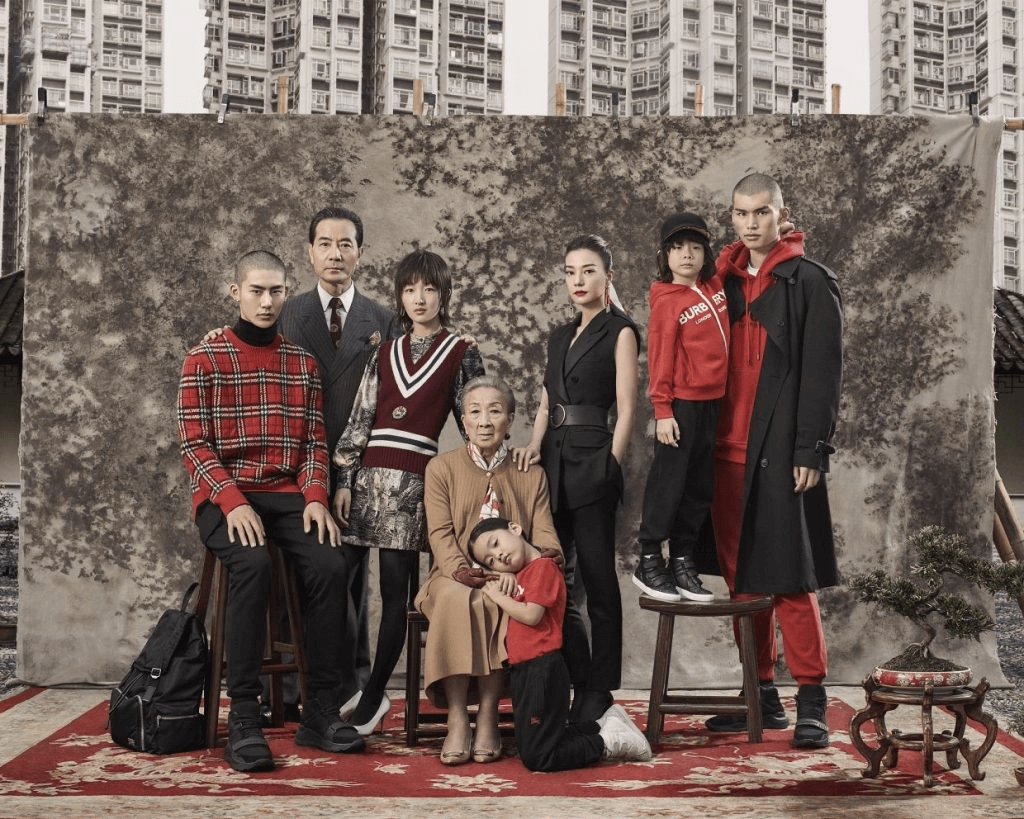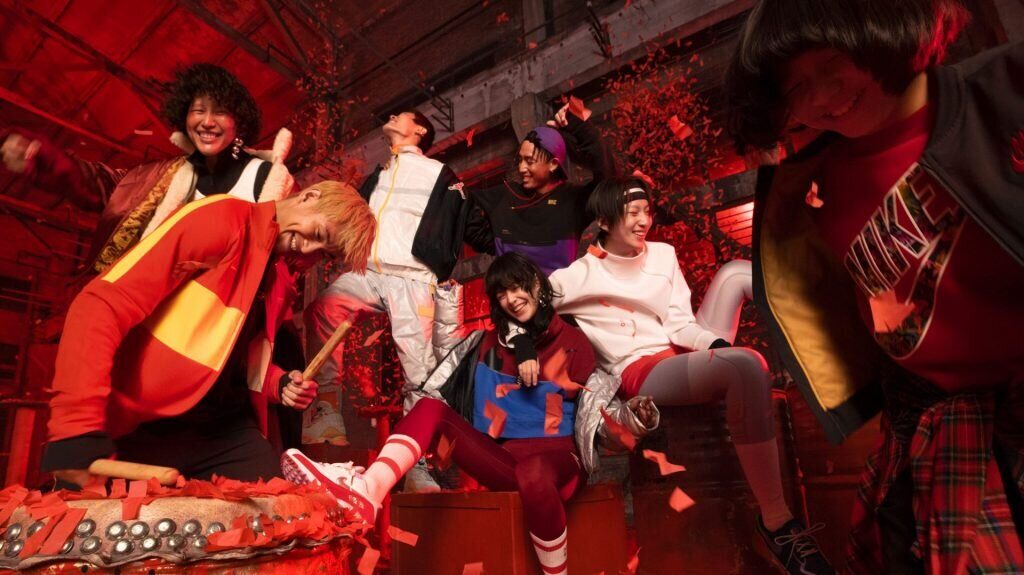First published in Campaign here.
Navigating the Lunar New Year Marketing Minefield
Lunar New Year, which is today, would seem at first to be an obvious window for brands looking to establish long-term affinity with consumers in China and engage with a huge potential audience.
Like Christmas, it’s a traditional time of year when a lot of classic seasonal imagery comes to the fore – chunlian (red greeting banners stuck across doorways), nianhuo (traditional new year snacks and sweets) and a lot of red and gold colours. The Western equivalents would be Santa, snow, tinsel and reindeer. During Lunar New Year, Western brands typically rely heavily on that traditional iconography, coupled with the relevant zodiac animal, because these are simple and “safe” images to build around.
It’s the year of the Pig, the creative team think, so let’s run with a cute stylised pig image. And let’s create a hastily thrown together Lunar New Year exclusive product that matches the festival’s colour scheme. Job done.
China First
Would you buy a high-end handbag for your partner that had a Christmas tree on it? Unlikely. The sad truth is that often logic and strategy seem to go out of the window at Lunar New Year. Brands seem to fall over themselves to create products and experiences that fit a surface-only view of the celebration but that ultimately lack any relevance or significance to the modern Chinese consumer.
The first step to get around this is to demand better. While the “safe but boring” approach does not work, brands simply retrofitting their Western campaigns into the Chinese market does not deliver cut-through either. The only solid strategy is for brands to move China creative upstream and consider local adaptability of global concepts at the outset.
Too many brands are content (or complacent) to plan a major global campaign that doesn’t involve an empowered China consultant in that process. This is particularly obvious at Lunar New Year, but it’s evident throughout the calendar as brands try to crowbar global campaigns to fit the needs of the Chinese market.
Truly great global initiatives such as Johnnie Walker’s “Keep walking” campaign uncover universal trends that have relevant and engaging local applications in each of their target markets. That’s why Johnnie Walker has enjoyed more than 10 years of global success. Local insight and impactful localised strategic direction are crucial in any market, with China bringing its own cultural demands from a mindset and aesthetic point of view.
The young ones
The affluent Chinese youth should be a key focus for brands looking to develop engaging Lunar New Year campaigns. It’s predicted that, by 2020, China’s Gen Z shoppers will account for 40% of global Gen Z purchases, so brands must act now to start building a relationship with this influential group, and the Lunar New Year could present an excellent opportunity to do just this.
Success here goes back to understanding the Chinese Gen Z and millennial consumers – who are they, what are their habits and what world do they inhabit? The visual aesthetic, taste preferences and even daily language and slang of a 20-year-old Chinese consumer are going to be very different to that of a person even five years their senior.
For example, look at what Selfridges is doing this year with “New year, new beginnings”. The campaign hub is a mini-programme within WeChat, featuring in-store activities and personalised product ranges. The content is China-specific, but the aesthetic is edgy and modern, with short, evocative films featuring five London-based Chinese creatives – a textile designer, contemporary dancer, painter, poet and illustrator – and their personal experiences of the Lunar New Year
Some brands rigidly focus on the potential of consumers in China’s tier-one cities such as Beijing and Shanghai. Few stop to think about the huge level of competition for these consumers. In fact, brands would do well to consider the enormous potential of young consumers in tier-two and tier-three cities who are typically underserved and are hungry for access to your brand. Chengdu, Wuhan and Nanjing are all highly attractive markets and hold huge populations with enormous spending power. Brands just need to research, focus and build a plan to reach these audiences in a targeted way. Mobile commerce and super-fast delivery are lightyears ahead in China, so a physical store location in these cities may not be as all-important as you think.
Don’t be obvious
The effort that goes into a compelling piece of content in the West should be doubled in a new market. It’s astounding how many brands still take a “pan-China approach” when there are so many regions, cities and perspectives. This “one size fits all” route is like treating Europe as a single market and delivering one campaign, which will inevitably contain a high level of irrelevance to a large percentage of the audience.
If there’s one key learning for the Lunar New Year, it’s “don’t do the obvious”. If so many brands are emblazoned in red and gold and festooned with pig imagery, follow another route. Work on building deep and informed insight, understand the world that your target Chinese audience inhabits and build a creative strategy that hits the right cultural notes. Done right, it can be a vital foot in the door with a crucial Chinese audience for years to come.
Related blog posts

